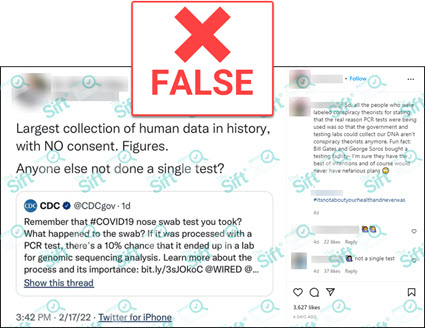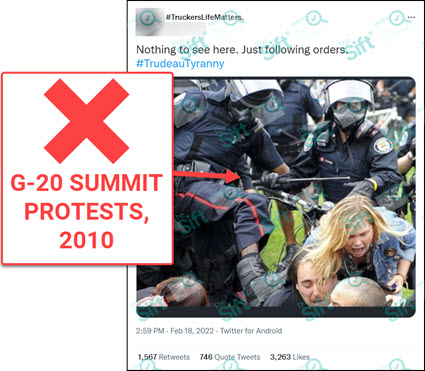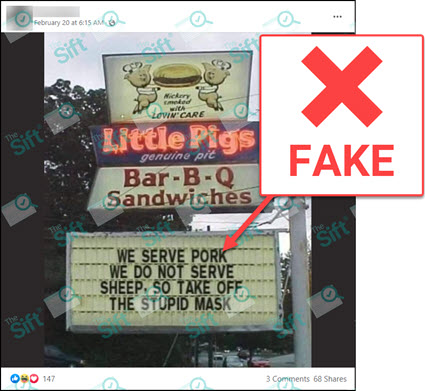From: The Sift from NLP <padams@newslit.org>
Date: Mon, Feb 28, 2022 at 3:53 PM
Subject: Ukraine news tips | Russian disinfo machine | George Washington, fact-checker
To: Melissa Thom <melissa_thom@whps.org>
|
|
|
Teach news literacy this week |
|
|
Top picks
|
Viral rumor rundown No, COVID-19 tests aren’t being used to collect human DNA  NO: The Centers for Disease Control and Prevention (CDC) did not say that human DNA was being collected through COVID-19 tests. YES: In a tweet on Feb. 16, the CDC said that “there’s a 10% chance” that swabs used in COVID-19 PCR tests end up “in a lab for genomic sequencing analysis” — a process used to analyze the genetic makeup of viruses and track the emergence of variants. YES: In a subsequent tweet the CDC clarified that the sequencing and analysis work is on the genome of the virus that causes COVID-19, not on human DNA. Photo of protesters getting shoved by police is from 2010, not the ‘Freedom Convoy’  NO: This photo does not show police shoving and kicking so-called Freedom Convoy protesters in Ottawa, Ontario, in 2022. YES: It is a photo of police attempting to clear a group of protesters during the G-20 summit in Toronto in June 2010. YES: Police in riot gear used force to clear some “Freedom Convoy” protesters in Ottawa on Feb. 19. Anti-mask message on BBQ restaurant sign is fake  NO: This is not an authentic photo of the sign for Little Pigs barbecue restaurant in Asheville, North Carolina. YES: The message has been artificially created using an online fake sign generator.
|
 |

|
|
Thanks for reading! Your weekly issue of The Sift is created by Peter Adams (@PeterD_Adams), Hannah Covington (@HannahCov) and Pamela Brunskill (@PamelaBrunskill), and edited by Mary Kane (@marykkane). |
|
|

